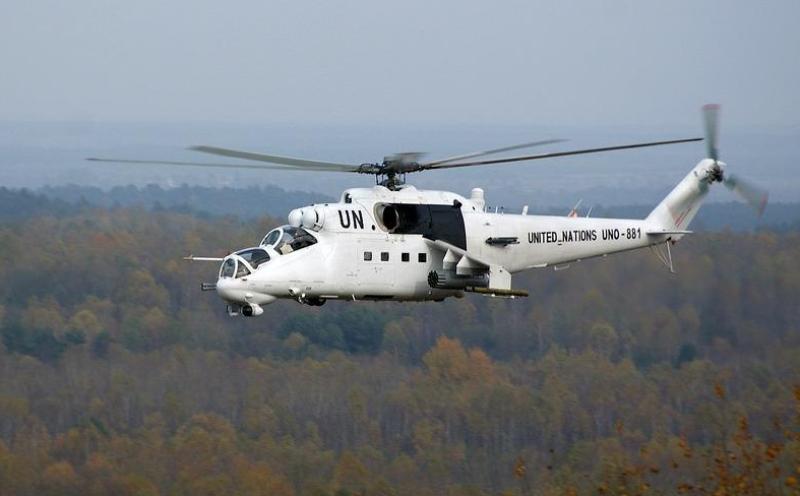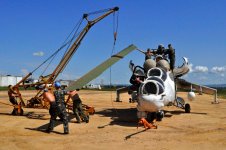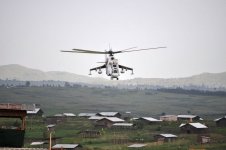Why peacekeeping needs bigger guns in 2016
An African mission could overtax an already stretched military
Elinor Sloan
iPolitics
04 Oct 2016
Asked in a Senate hearing last May what the UN needs for its peacekeeping missions, the undersecretary-general for peacekeeping answered with two words: “attack helicopters”.
That response is telling. If Canada deploys to a UN operation in Africa, something the Trudeau government seems intent upon, it will have to be prepared for war. And with large commitments already in Europe and Iraq, it will have to make some choices.
Peacekeeping missions of the Cold War era operated according to three principles: The UN force acted at all times impartially, used force only in self-defence and deployed only with the consent of the parties to conflict. The principles worked because the fighting parties were usually state actors that could control what their military forces did. It meant that, in most cases, risks to peacekeepers were relatively low — so they could carry out their mission while lightly armed.
Driven by events, each of these principles has fallen away. Impartiality was abandoned in the Congo in 2013 when the UN deployed an intervention brigade to carry out targeted offensive operations against Congolese rebels. Peacekeepers have had to use force beyond self-defence in the Congo and to protect civilians in places like South Sudan. The UN makes a distinction between host nation consent and tactical consent, arguing strategic consent is what’s necessary. But the practical reality of UN forces facing rebels and terrorists reveals the distinction’s fallacy.
When the three principles don’t work, peacekeepers become a party to the conflict themselves — with predictable results. In Africa, UN forces are being targeted and killed by gunfire, rocket fire, mortar shells, suicide car bombs, and improvised explosive devices (IEDs).
In this environment, what are Canada’s options for peace support in Africa? One is training. Canada could help a state build competent military and police forces so that it can address its own internal security. Canada’s expertise here includes training the Afghan national army and Iraqi security forces. Security sector reform takes many years but it’s vital for stabilizing a country.
Another option is enabling. Canada could provide high-end capabilities like signals, logistics, intelligence, engineering and air transport to assist UN combat arms units already in an African mission. But there are challenges. Our signals technology is digital, for example, while the UN mostly uses analog. The interoperability that Canada takes for granted in NATO does not exist in the UN. Canada would need to place officers in the UN force headquarters to ensure enablers are effectively used. And it also needs these enablers in Europe and Iraq, presenting the real possibility of an overstretched force.
Finally, Canada could conduct an operation, deploying Canadian combat arms along with enablers. The force would need Chinook helicopters for troop transport, an armed escort to protect the Chinooks, drones for intelligence, surveillance, and reconnaissance, reinforced armored vehicles, lethal firepower and protective body armor. A special concern is medical support and casualty evacuation since, unlike in other places, we cannot rely on the U.S. military.
Canada has light armored vehicles, upgraded to withstand IEDs. But its Chinooks are not at full operational capability, nor are its tactical armored patrol vehicles. Canada has only a limited number of low-flying drones, no armed helicopters like the Apaches used by many of our allies, and no medium altitude long-endurance drones. Again, what is necessary for a high-risk African mission is also in demand elsewhere.
The concurrency challenge goes beyond specific capabilities to include strategic command and control and logistics. If Canada goes into Africa it will be supporting three large geographically dispersed operations at once, placing significant demands on operational staffs in Ottawa.
The Trudeau government will have to prioritize. It will have to decide where it thinks Canada can have the greatest effect. And if it decides on a major mission in Africa, it will have to be ready for war.
Elinor Sloan is Senior Research Fellow of the Canadian Defence & Foreign Affairs Institute, and Associate Professor of International Relations in the Department of Political Science at Carleton University




